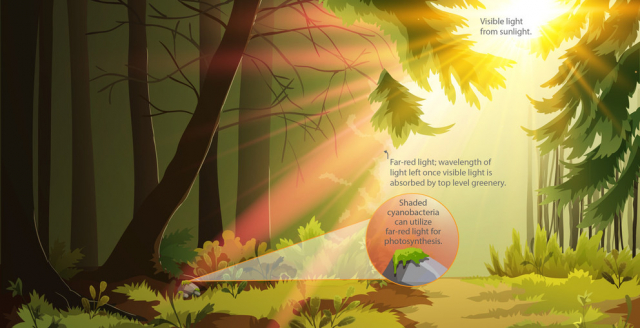Feb 05, 2020
Scientists solve structure enabling cyanobacteria to thrive in low light
Scientists have determined the structure of the protein complex that gives cyanobacteria their unique ability to convert weak, filtered sunlight into useable energy. Their findings could one day be used to engineer crops that thrive under low-light conditions.
